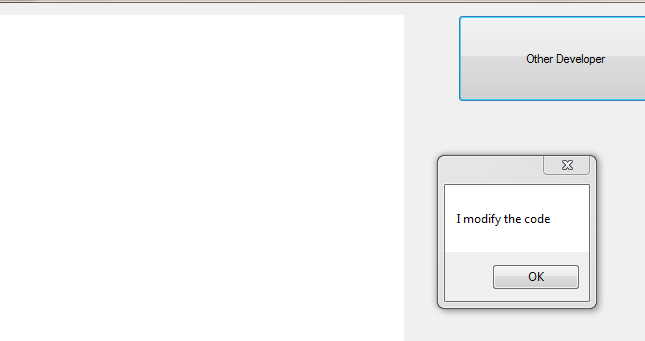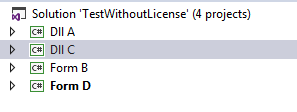Not too long ago, we upgraded our application from Map Suite Desktop Edition 9.0.0 to Map Suite Desktop Edition 10.3.0. We have noticed that there are significant changes to the licensing and for the most part we have made the appropriate changes to our application. We have generated “runtime Licenses” and include them in our application when we distribute it and this appears to be working, However, we have question about the “Development rime” license. We have developers on our project that do not do any development on the Map Suite code. With 9.0.0, they were able to run the application and if they ran a portion application which displayed any windows with a Map Suite control. the window would be white and display a watermark of “Map not licensed for development”. With the 10.3.0 code, these developer are now getting exceptions from the code even if they aren’t displaying a window with a Map control. According to the web page on the ThinkGeo site titled “Map Suite 10.0 License Strategy”, the map developer can generate a runtime license that is given to the non-licensed developer to avoid the exception and get a "blank white map with a watermark “not licensed for map development”. We have generated the runtime license and we add it to the bin folder but the exceptions are still occurring. Does anyone know how to prevent these exceptions?
Thanks in advance
R Styer




